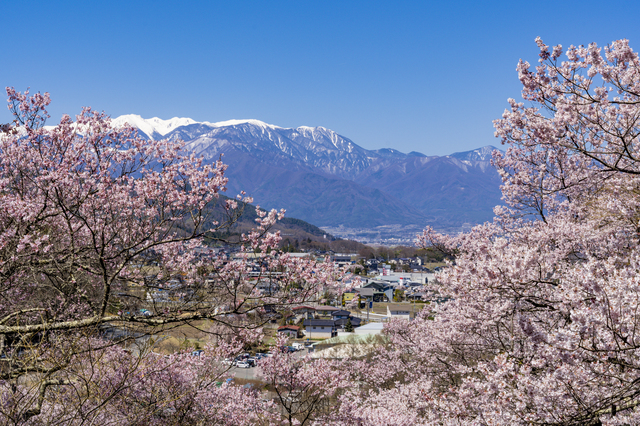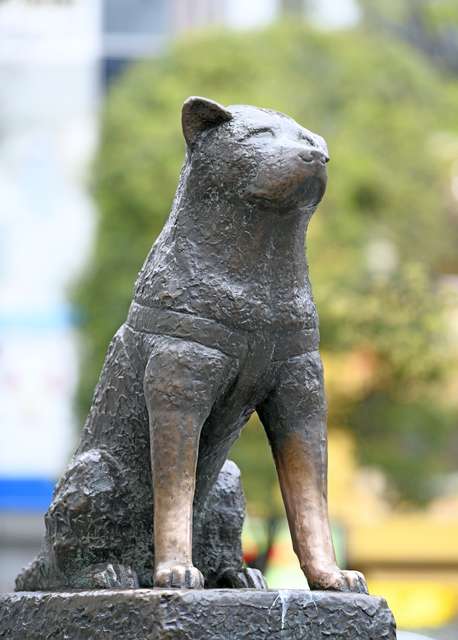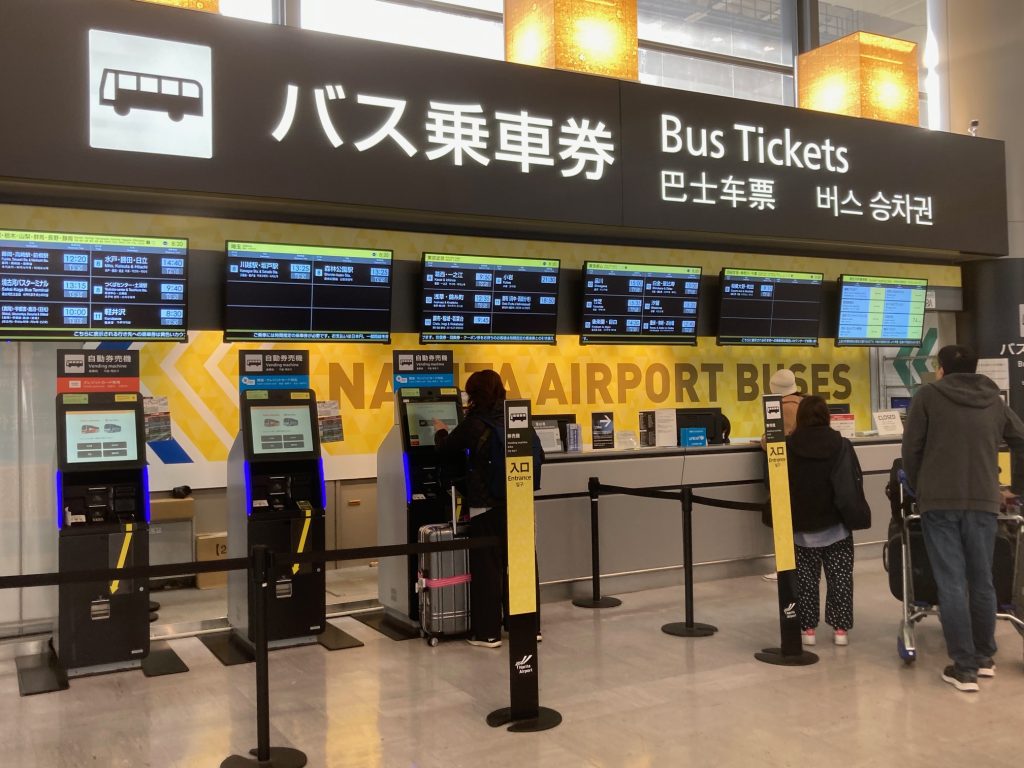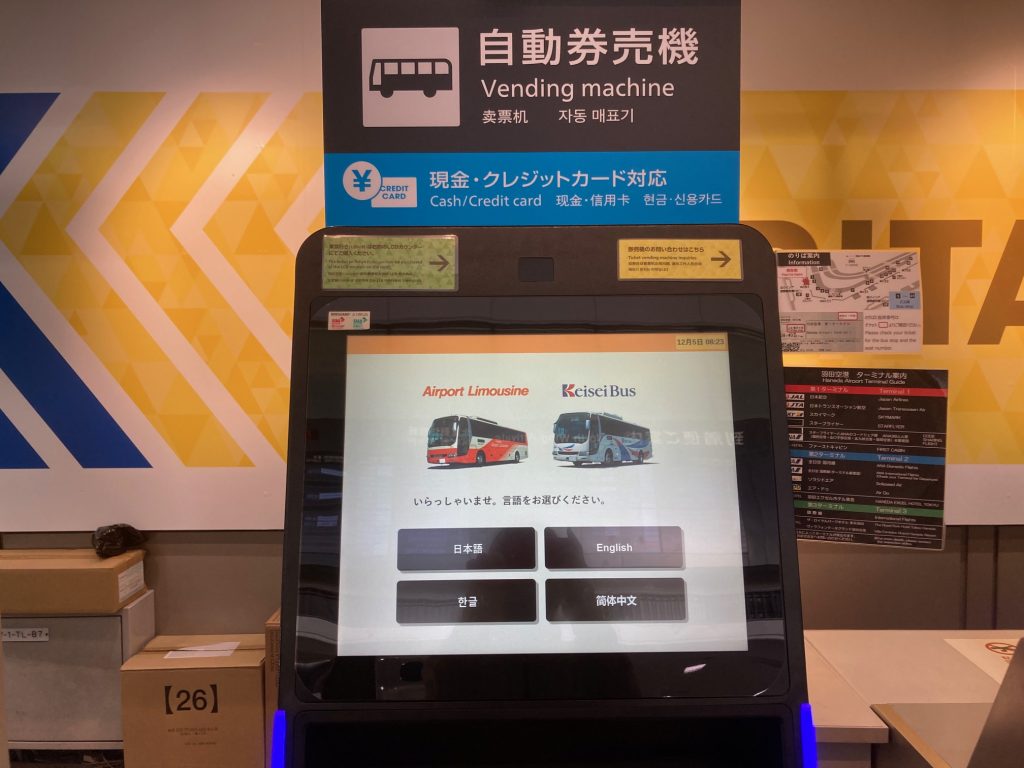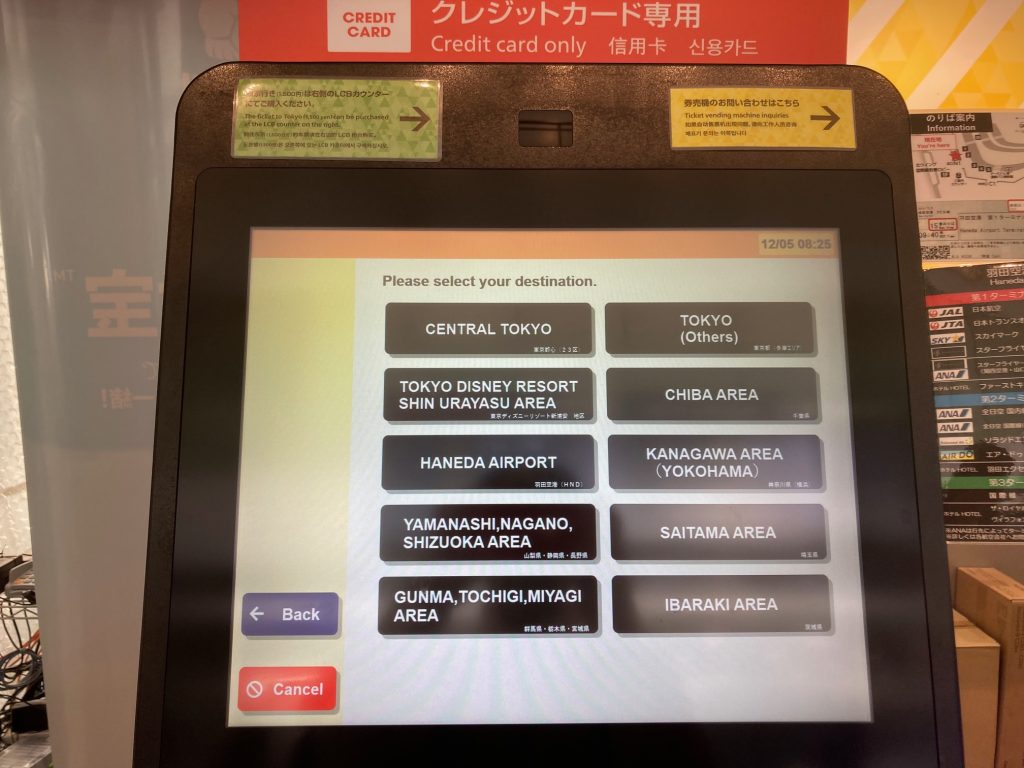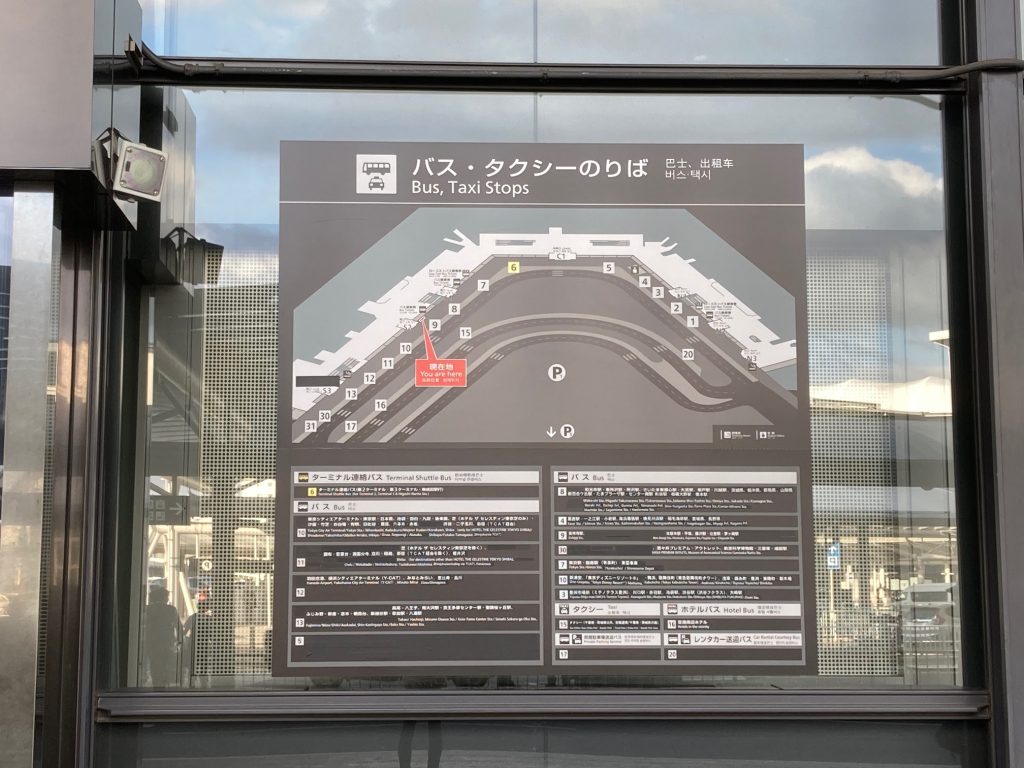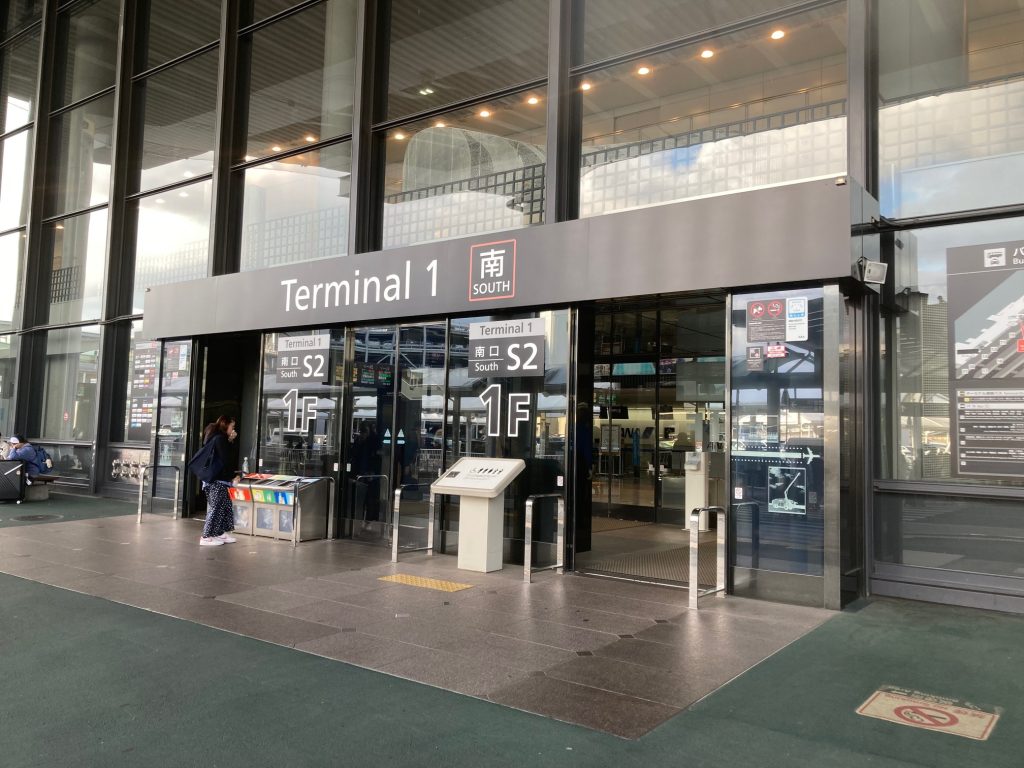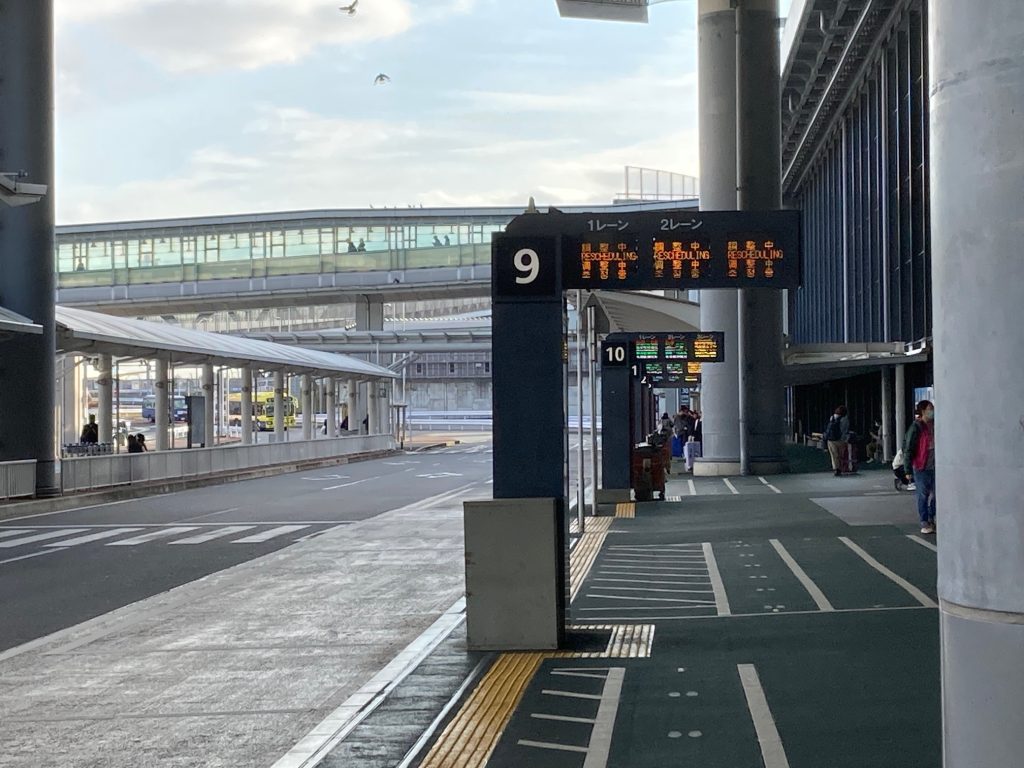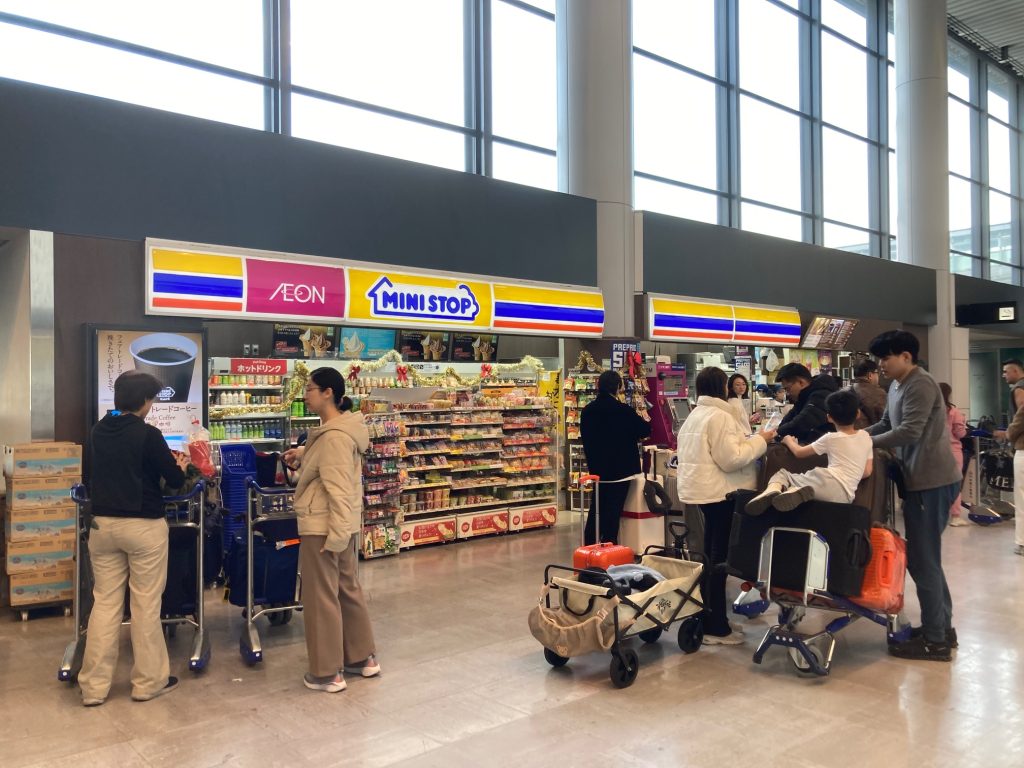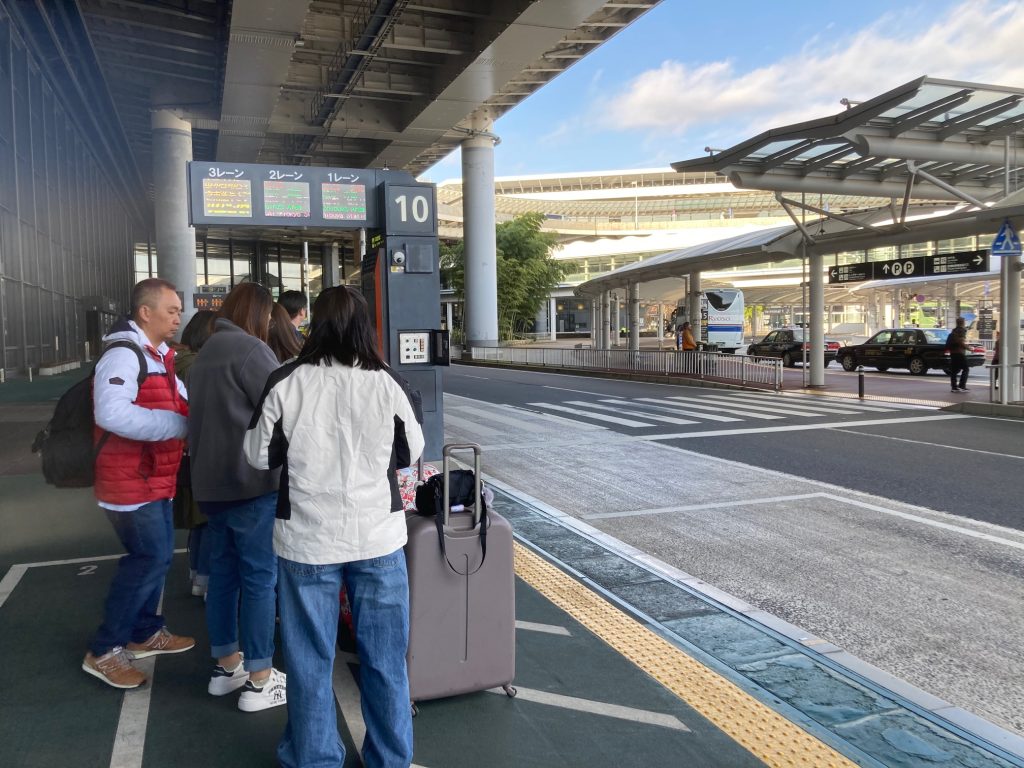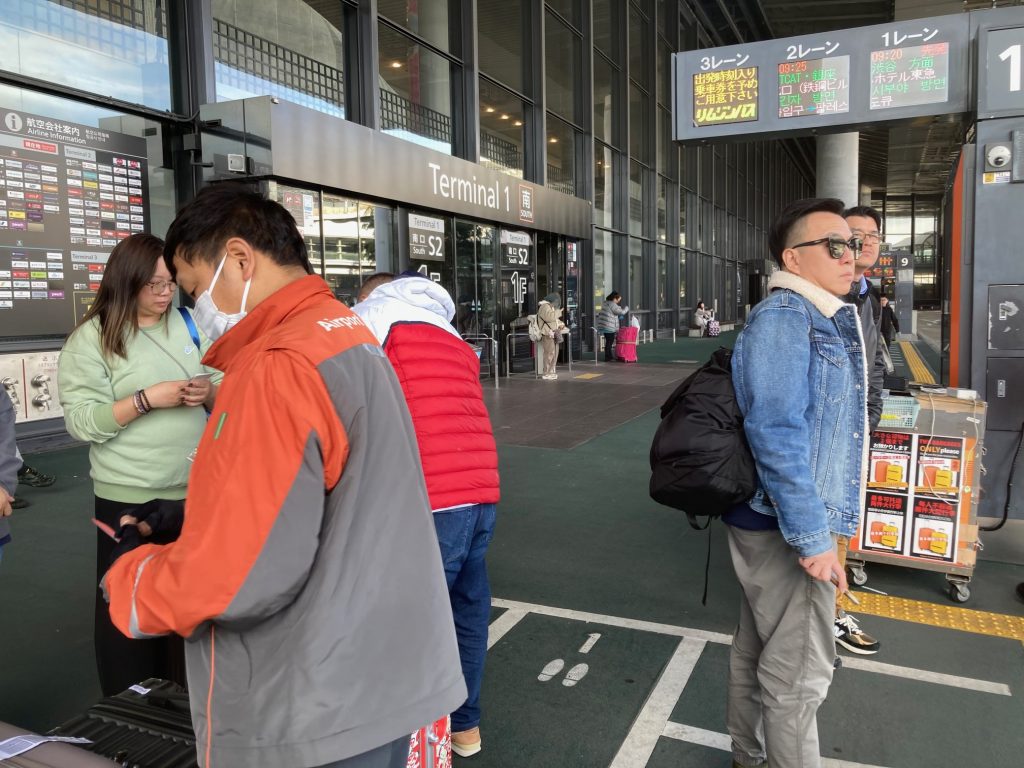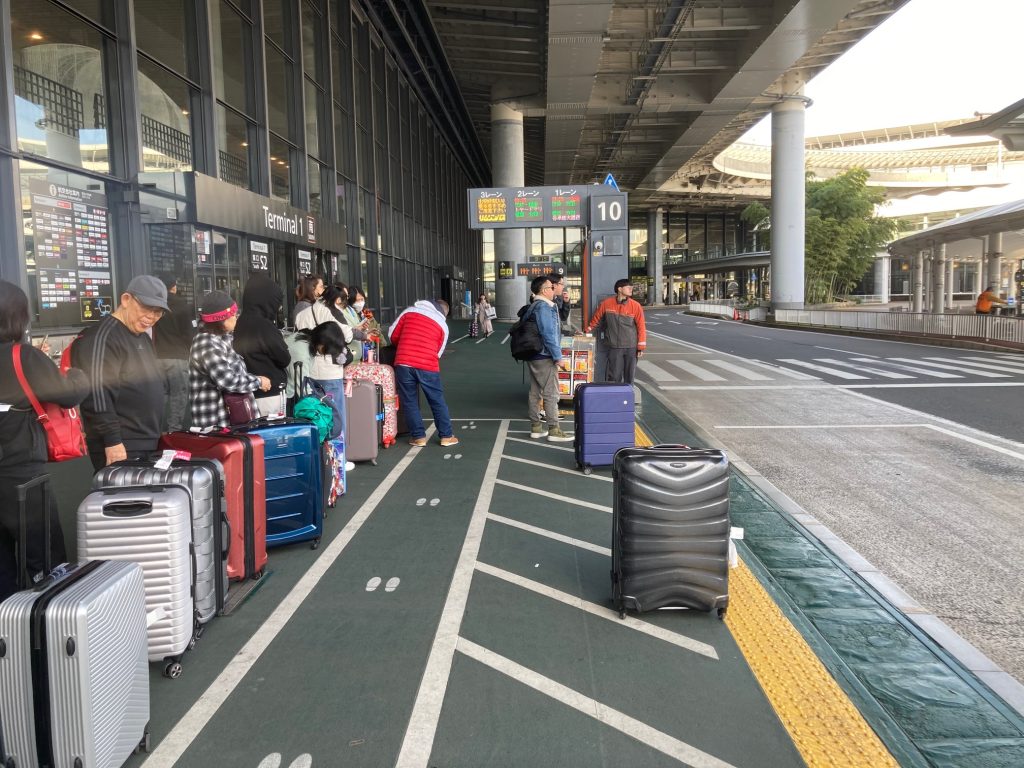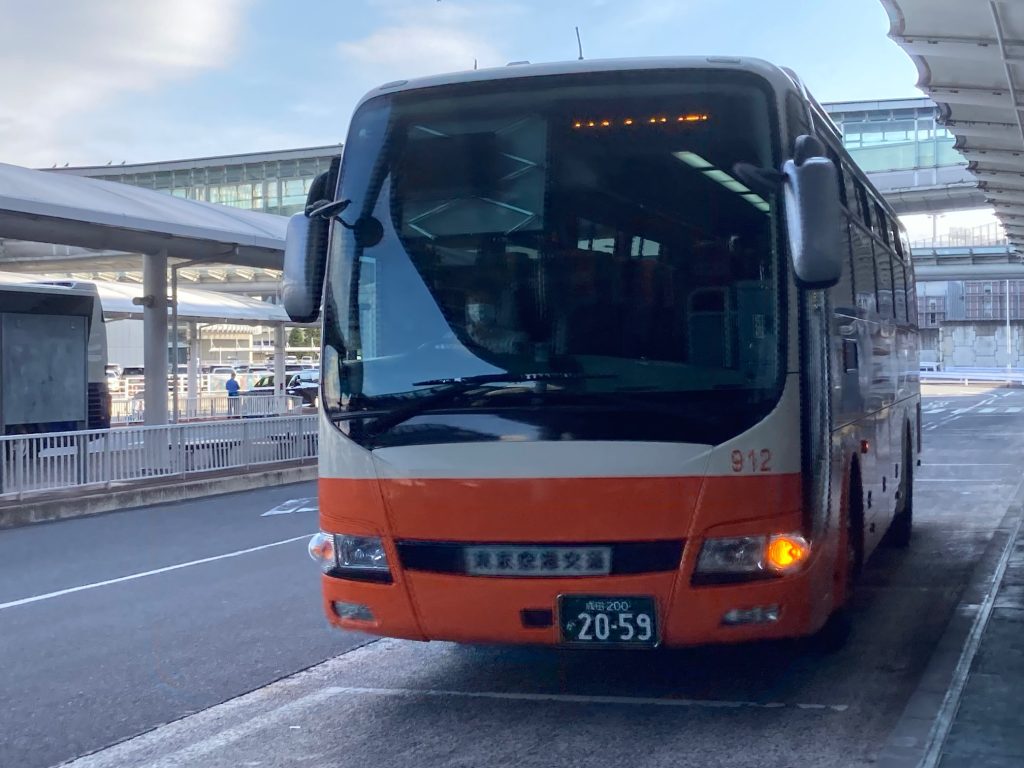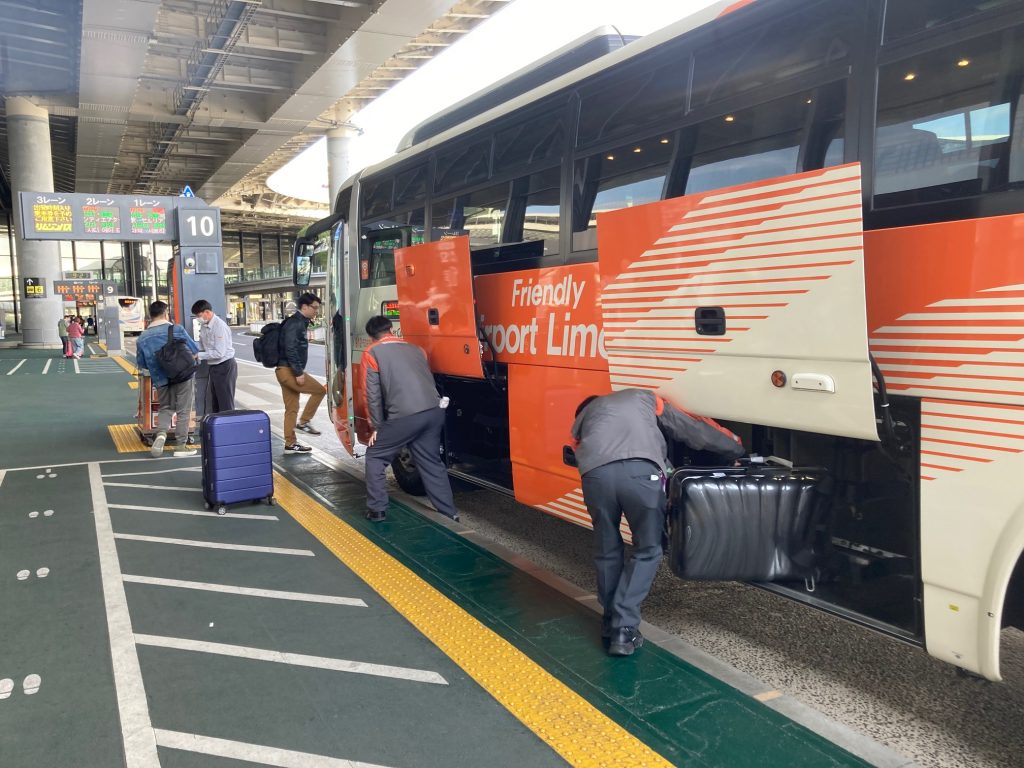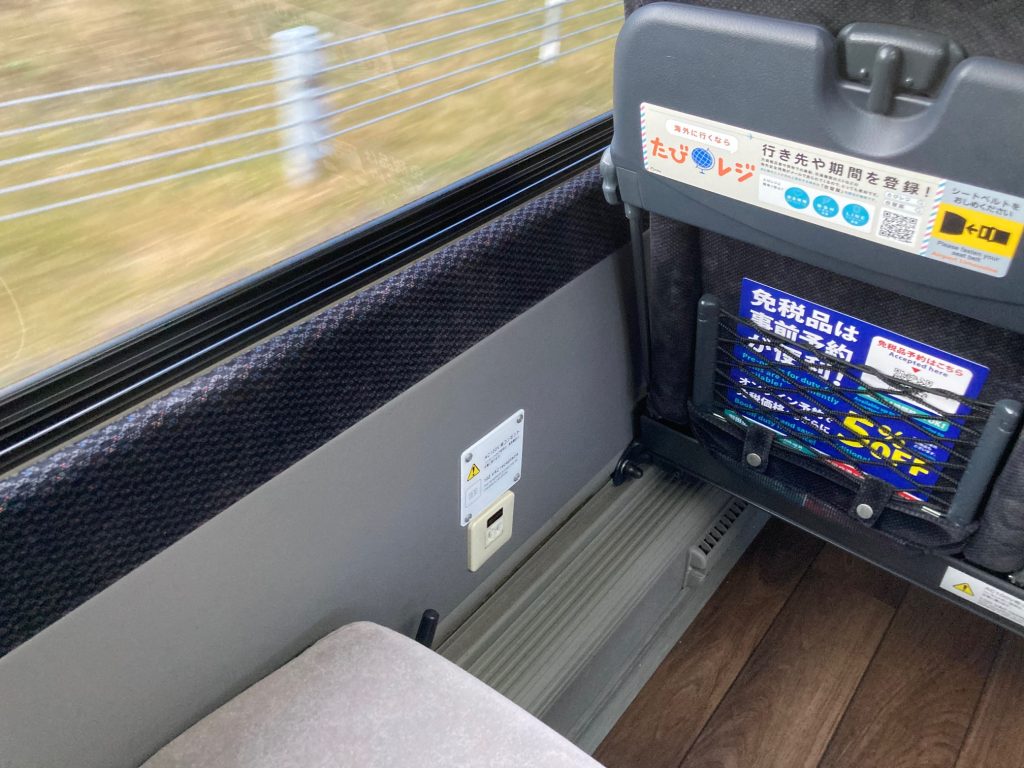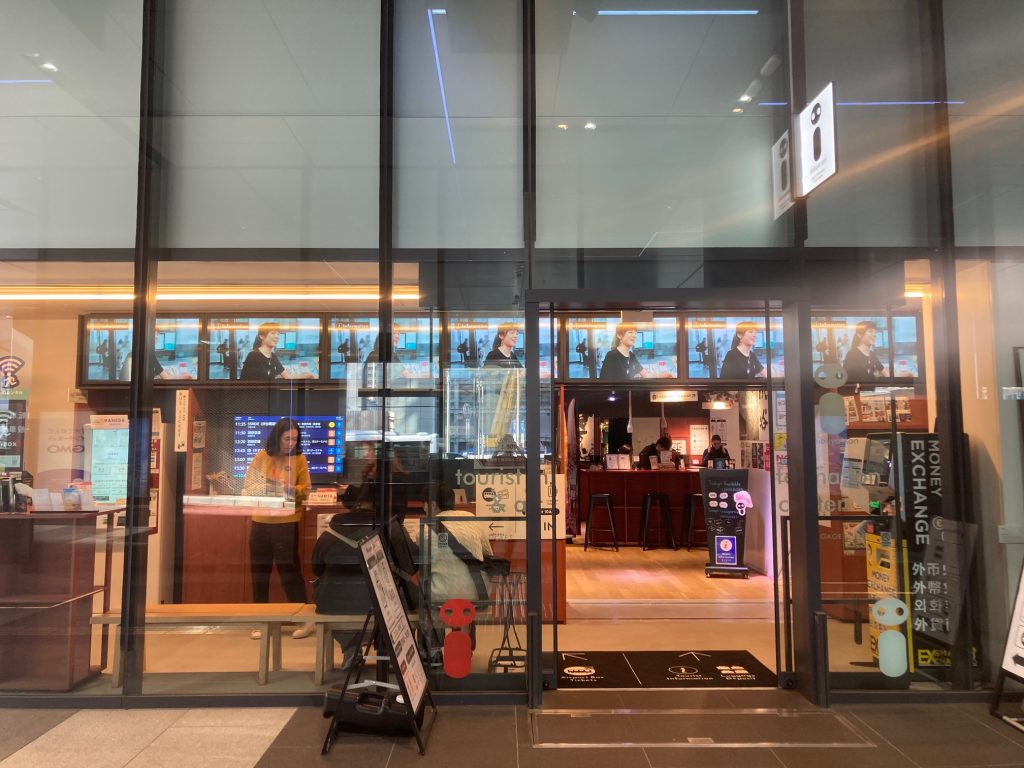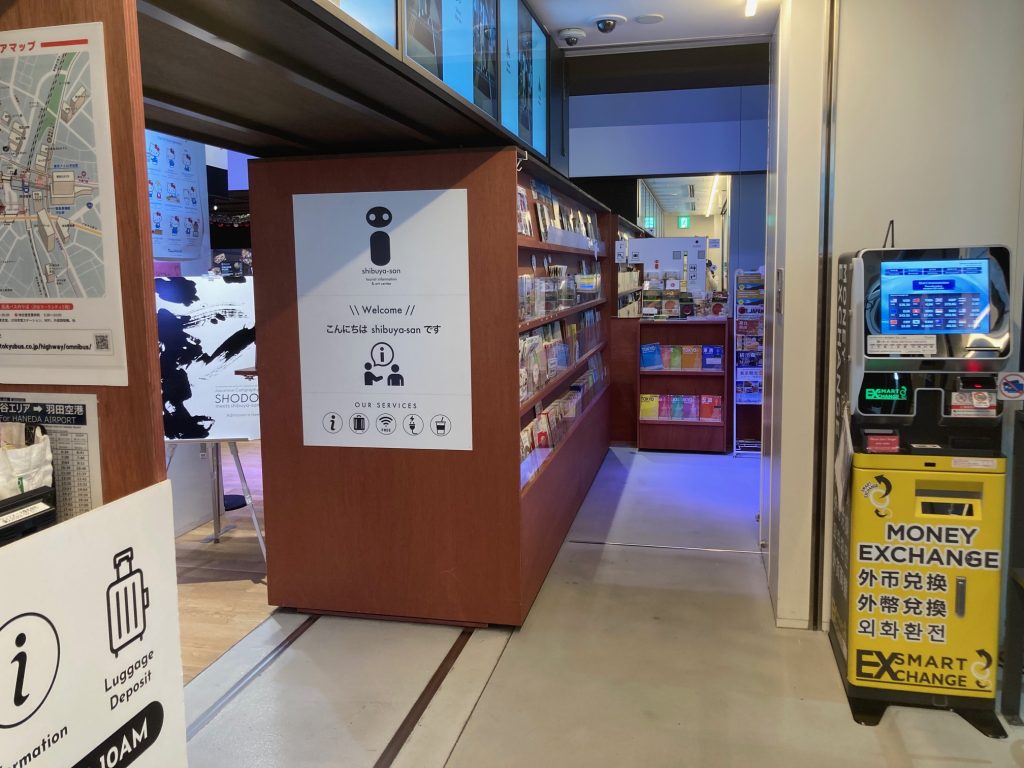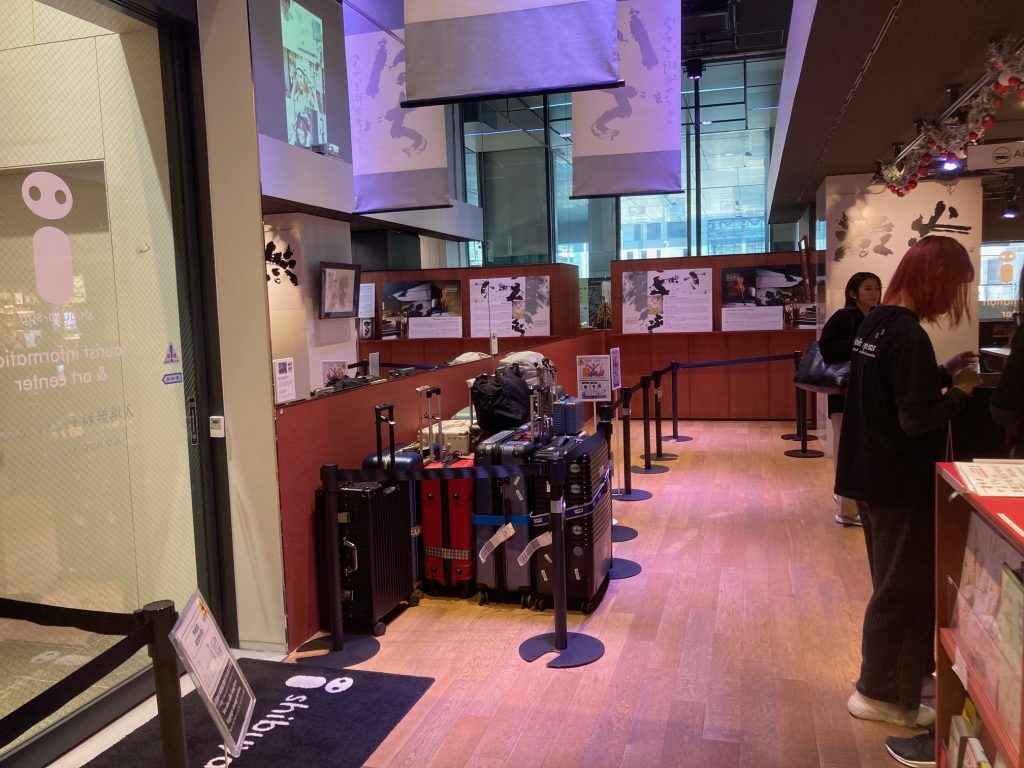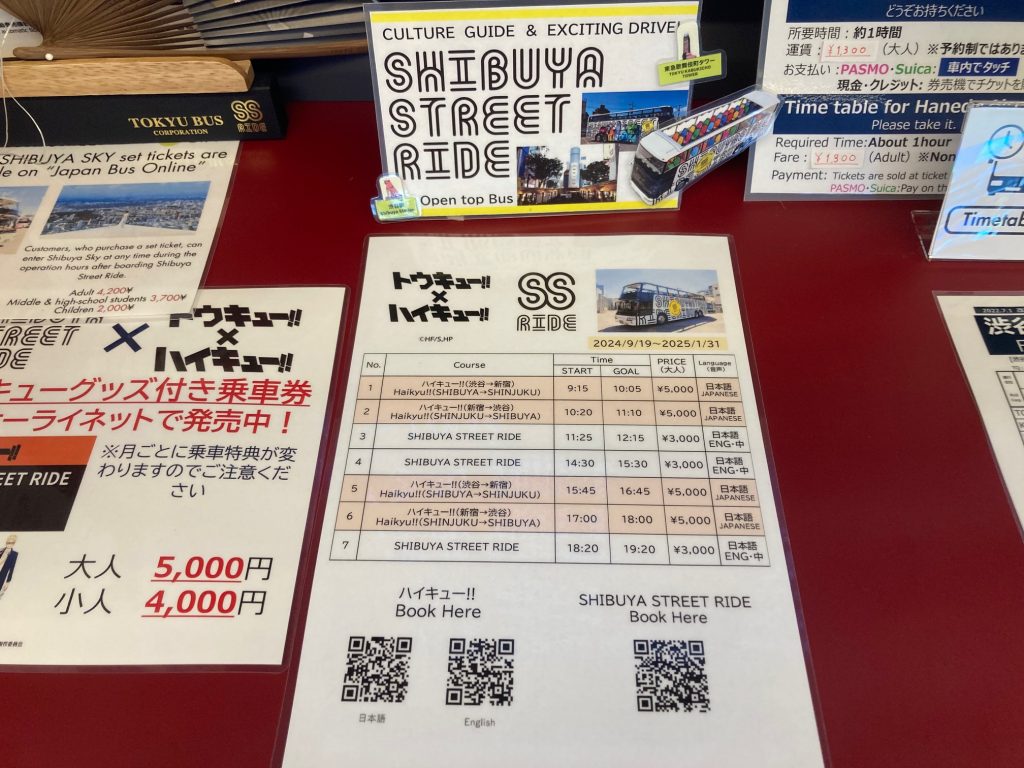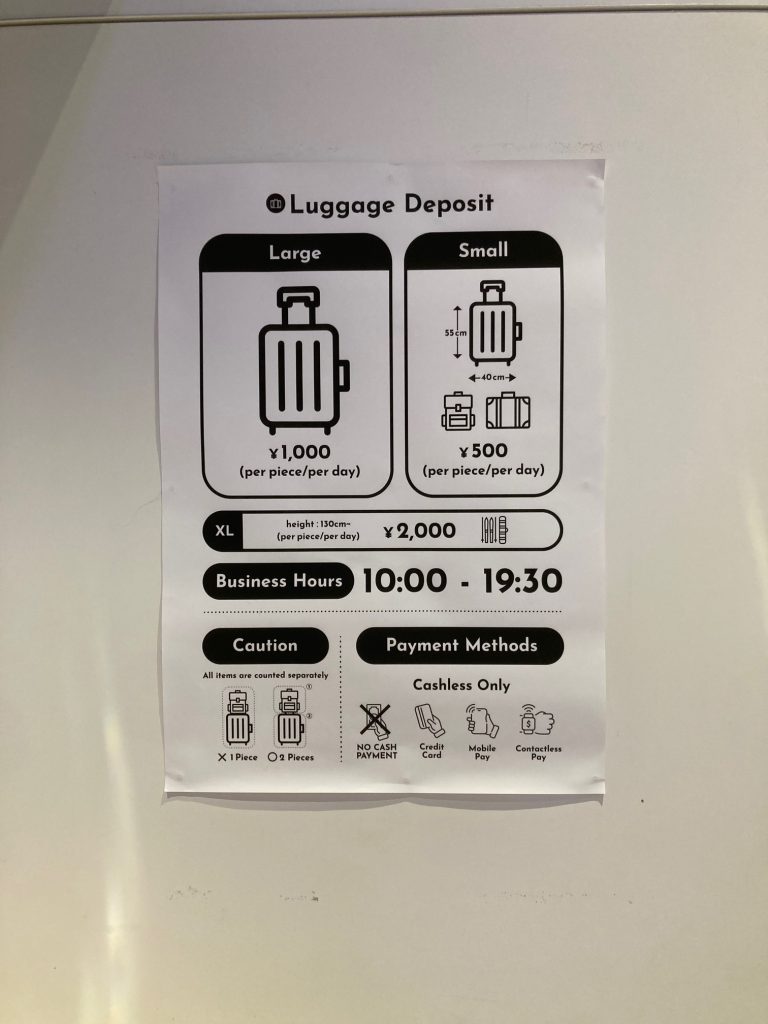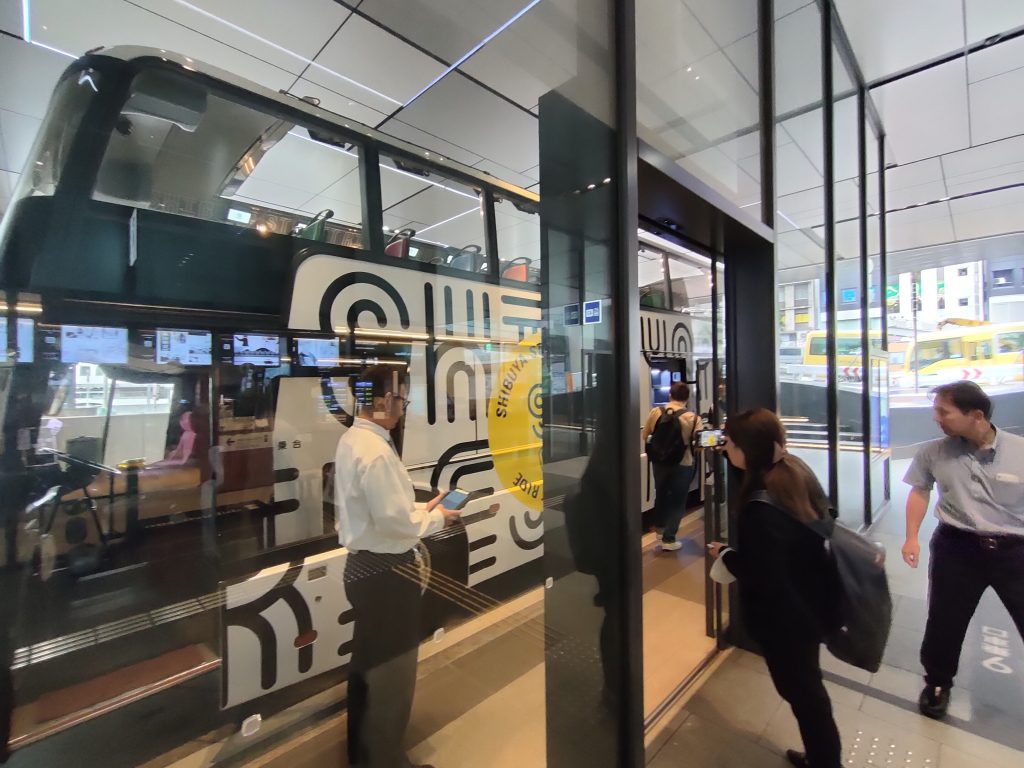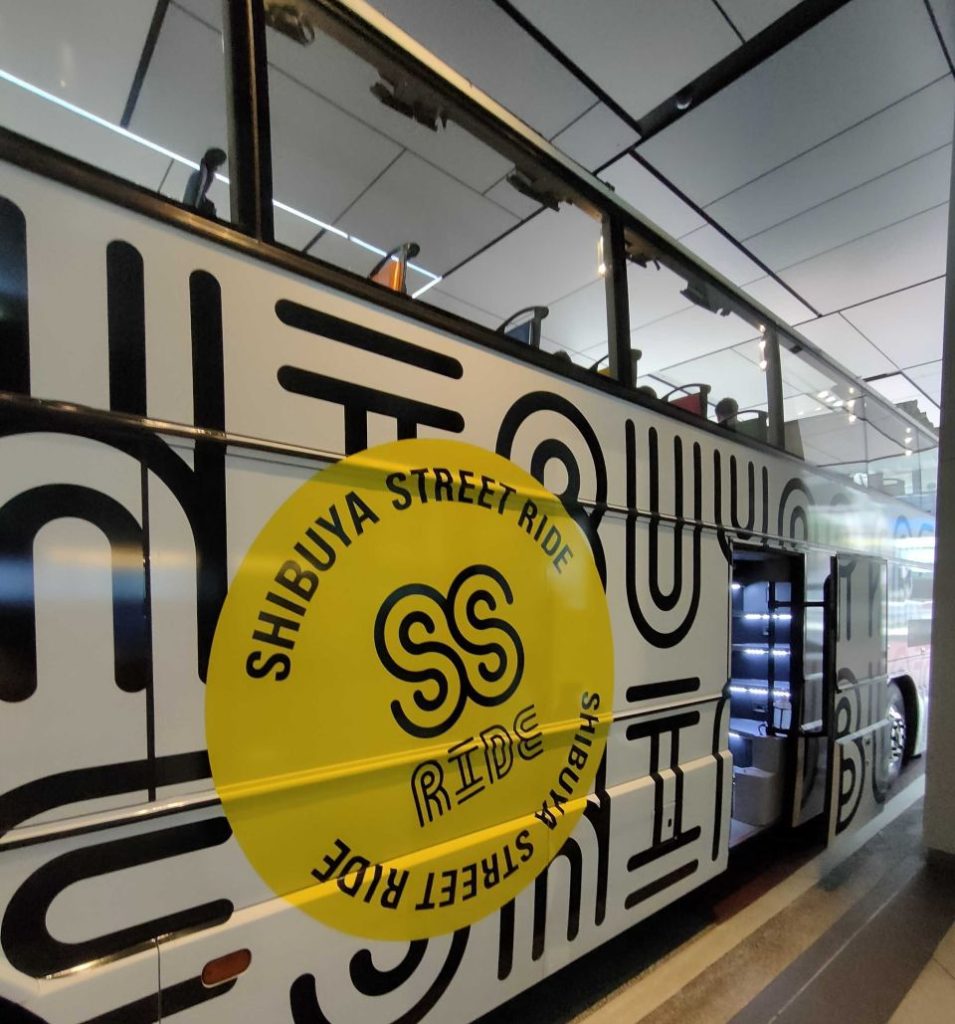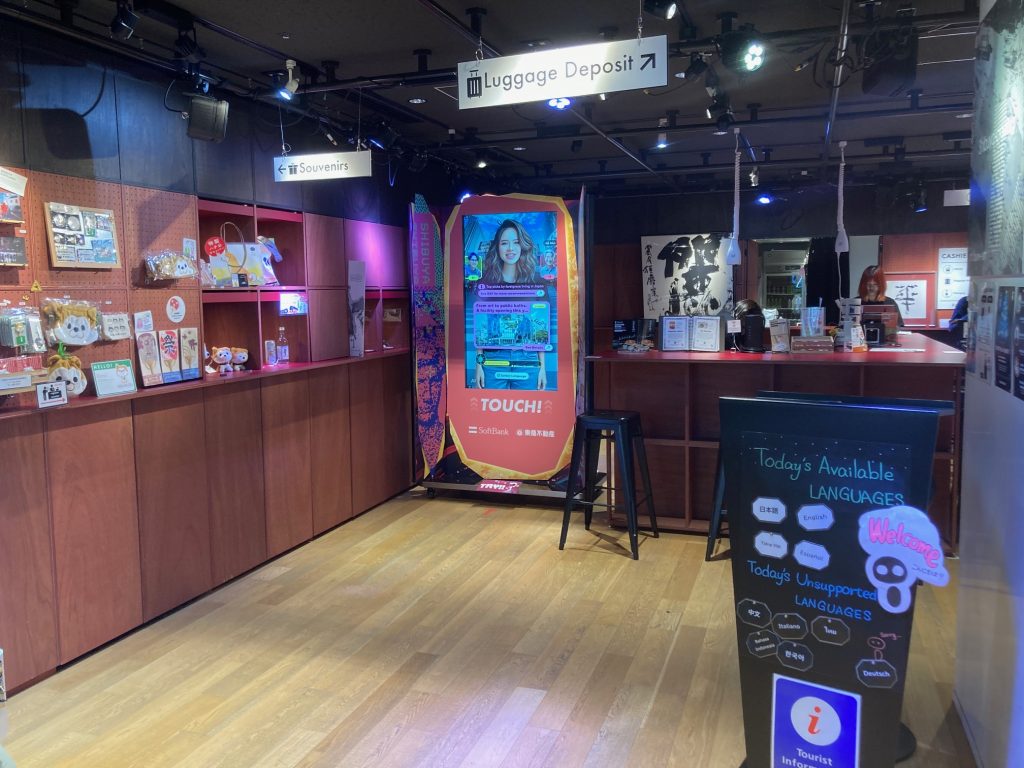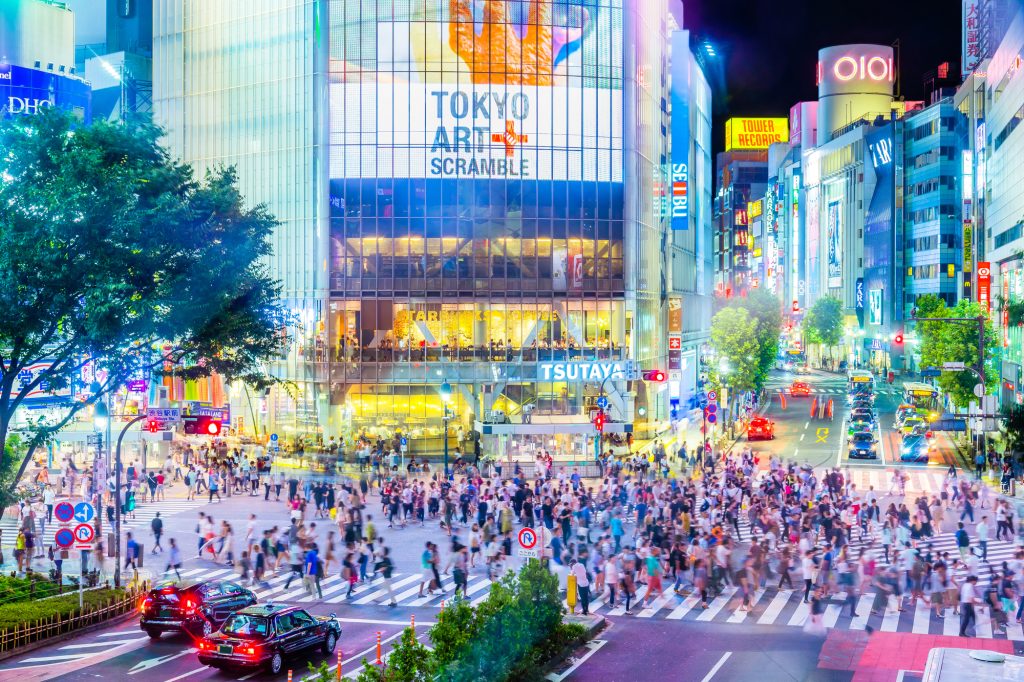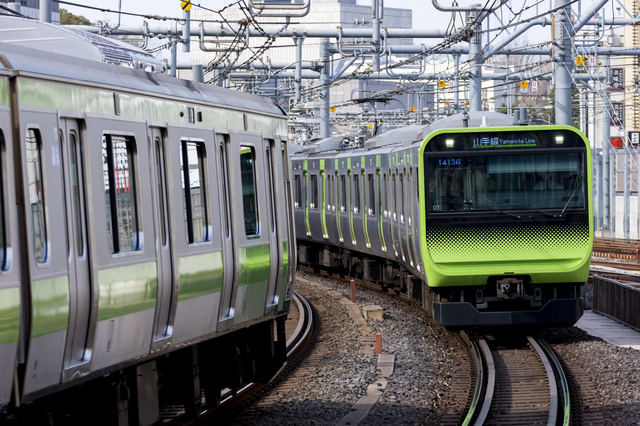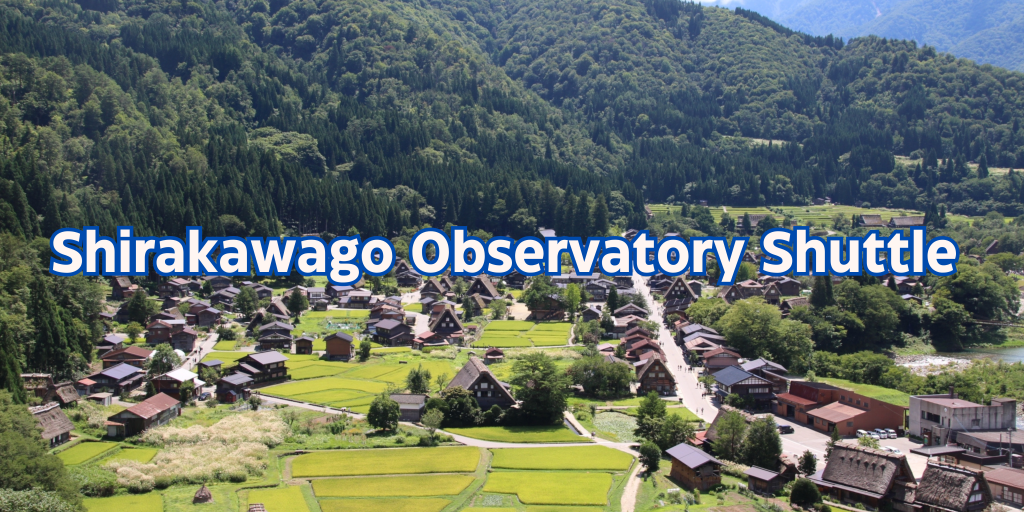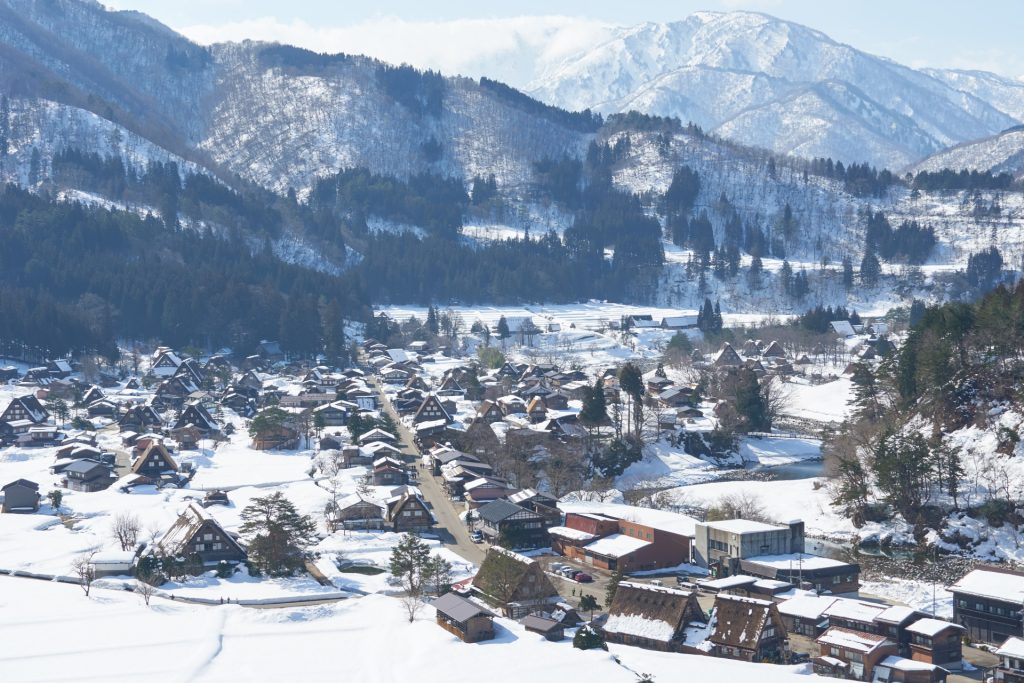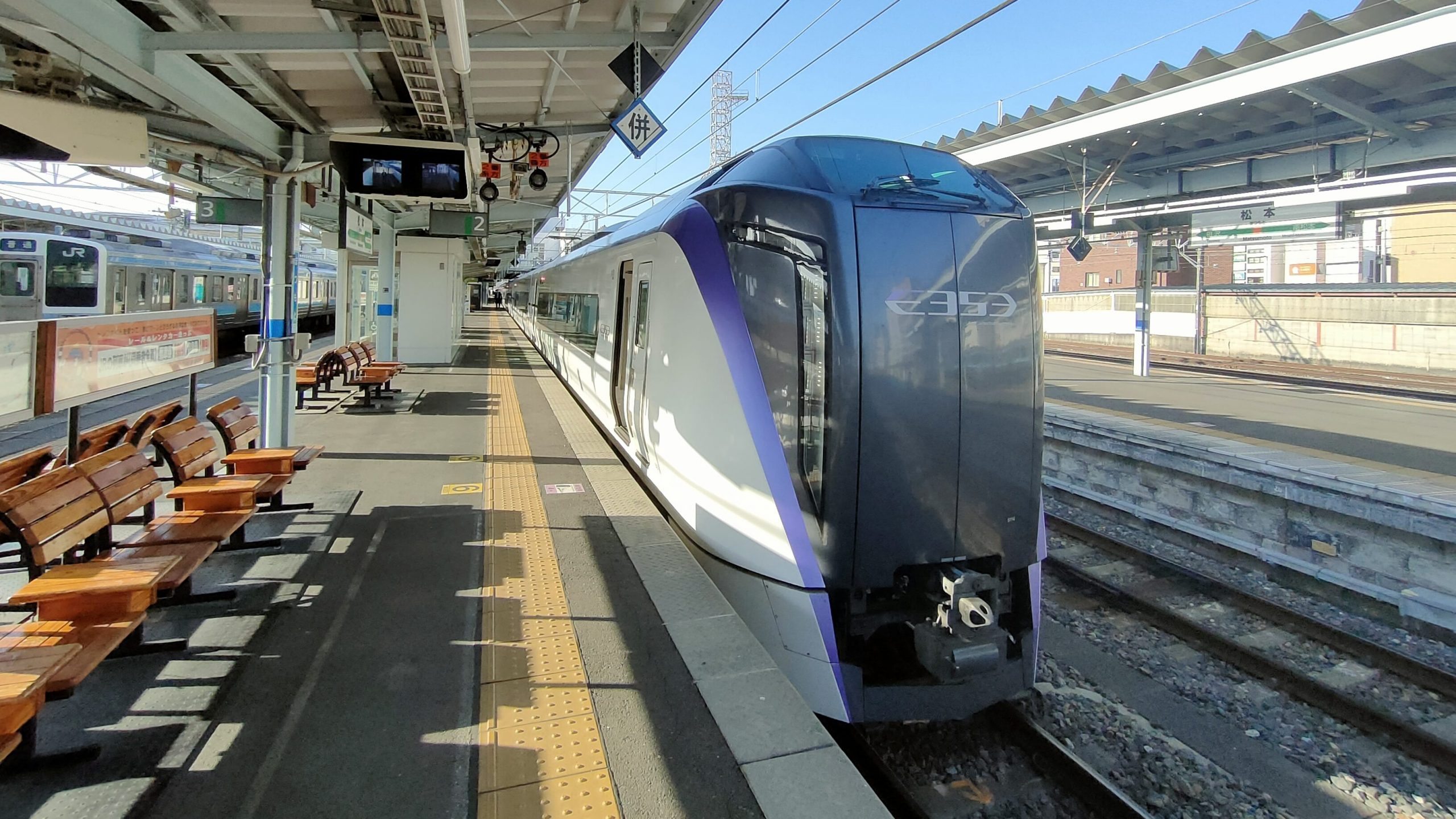
The express trains used from Shinjuku to Kofu, Kobuchizawa, Chino, Kami-suwa, Shiojiri, Matsumoto, and Hakuba by train are the Chuo Main Line’slimited express Kami-suji and limited express Azusa.
How can I get on this limited express Azusa at a reasonable price?
— updated 2025.4.16 from here↓↓ —
Limited Express Azusa 50% discount 2025 “Ticketless Limited Express Ticket for Conventional Lines (Tokuwari)
One-way express ticket from Shinjuku to Matsumoto, normally priced at 2,550 yen, is now half-price at 1,270 yen.
However, the discount is only for limited express tickets. A separate ticket (Shinjuku→Matsumoto 4,070 yen) is required.
■Duration of use
Monday, May 12, 2025 – Friday, May 30, 2025
■Date of release
From 10:00 a.m. one month prior to the boarding date to before the departure time of the designated train on the boarding date
— 2025.4.16 Update so far↑↑↑ — — 2025.4.16 Update so far↑↑ — 2025.4.16 Update so far
Prior to March 15, 2019, there was a convenient and economical six-pack of KAZUSA coupon tickets, but with the change to all reserved seats effective March 16, 2019, the KAZUSA coupon tickets have been discontinued.
With the abolition of coupon tickets, the bulk sales of coupon tickets sold as Azusa discount tickets at ticket stores have also disappeared.
So, how to get the best value for your money as of 2025?
It is a part of JR East’s website and application, “ Ekinet on the JR East website or the “Ekinetto” application.
Value tickets: 1⃣
Ticketless Discounts
You can book this one anytime by selecting Ticketless in the online reservation. You will receive a 100 yen discount on all tickets for any train (Azusa).
This service is also available to/from Tachikawa and Hachioji other than Shinjuku.
Example price)
Shinjuku Station → Matsumoto Station
Normal fare (train ticket + reserved seat express ticket) 6,620 yen
is discounted 100 yen to 6,520 yen
The first two are the following.
Value Ticket 2⃣
Ticketless Express Tickets 35% OFF
Limited number of seats are available, but can be purchased until the day of boarding.
Also, unlike the “Tokuda Value” series sold before March 15, 2024, train tickets are not included. Please note that you will need to purchase a separate train ticket.
Please note that there are often no seats available due to the limited number of seats.
Example price)
Shinjuku Station → Matsumoto Station
Normal fare (train ticket + reserved seat express ticket) 6,620 yen
Ticketless Express 35% OFF 5,720 yen
The price is 900 yen less than that of the previous year.
Breakdown of Ticketless Express 35% Off Fees
Express ticket 1,650 yen
Ticket 4,070 yen
10% off the price
*The program ended on March 15, 2024.A limited number of seats are available for purchase until the day of boarding.
This is a special ticket that includes a boarding ticket and a reserved seat express ticket, and you cannot board any train other than the one you have reserved (Azusa). Please note that the ticket is also limited to the reserved train.
Also, paper tickets are required to board the train. Do not forget to issue tickets in advance from vending machines at stations!
Example price)
Shinjuku Station → Matsumoto Station
Normal fare (train ticket + reserved seat express ticket) 6,620 yen
Tokuda Value 10% OFF 5,950 yen
The price is 670 yen less than that of the previous year.
Value Ticket 3⃣
30% off the Tokuda Value
*The program ended on March 15, 2024.This is the most economical ticket available.
Example price)
Shinjuku Station → Matsumoto Station
Normal fare (train ticket + reserved seat express ticket) 6,620 yen
The price is 4,620 yen and 2,000 yen discount with the 30% discount of Tokuda Value.
Sales are available up to 13 days prior to the boarding date. Please make reservations as early as possible.
Please note that this is also a limited number of seats, so some dates and times may be difficult to obtain.
Also, as with the 10% off Tokudayori, a paper ticket is required to board the bus.
Do not forget to issue tickets in advance from vending machines at the station!
Ticketless Express 35%OFF is only available for trains departing from and arriving at Shinjuku, and is not available for trains departing from or arriving at Tachikawa or Hachioji Stations.
Even if you board from Tachikawa or Hachioji Station or get off at Hachioji or Tachikawa Station, you must purchase a ticket to/from Shinjuku Station.
Therefore, when searching for available seats on Eki Net, be sure to select “Shinjuku” instead of “Tachikawa” or “Hachioji” as the departure and arrival station.
For reference:
Tachikawa Station or Hachioji Station
⇓
Matsumoto Station
Normal price (train ticket + reserved seat express ticket)
5,650 yen
Ticketless Discounts
5,550 yen
From/to Shinjuku
Ticketless Express 35% OFF
5,720 yen
Therefore, regular rates and ticketless discounts are more economical.
Also, from my nearest station “Mitaka” to “Matsumoto” is
Regular price 5,980 yen
Ticketless discount 5,880 yen
So, even with the 35% discount on the Ticketless Express, you will save 590 yen at the regular price.
Ticketless discount 5,880 yen is 490 yen less than Ticketless Express Toku 35%OFF.
What’s the best alternate way to get there?
Going by Highway Bus is about half the price.
The bus terminal “Basta Shinjuku” is directly connected to Shinjuku Station for highway buses, and 17 round trips/day are made to the “Matsumoto Bus Terminal” next to Matsumoto Station.
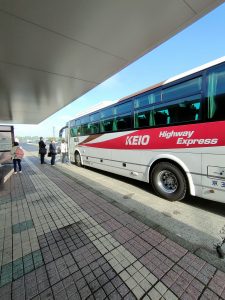
The trip takes 3 hours and 20 minutes, about 40 minutes extra than Azusa, but the cost performance, including cost and comfort, is high.
You can also get off at the Chuo-do Hino bus stop near Koshu Kaido Station, which is 2 stops (5 minutes) on the Tama Urban Monorail from Tachikawa Station.
If you take the Azusa at Tachikawa Station or get off at Tachikawa Station, the express bus from Hino bus stop is a great deal.
Shinjuku Expressway Bus Terminal
⇓
Matsumoto Bus Terminal
Fee 3,300 yen and up
*Variable price system, web payment discount available
⇓⇓ 平日参考価格 ⇓⇓

Weekend Reference Price ⇓⇓⇓⇓⇓⇓ Weekend Reference Price

Coupon tickets are more economical! *Valid for 3 months after purchase
Shinjuku – Matsumoto Line
Basta Shinjuku (South Exit) – Matsumoto Bus Terminal
4-pack web coupon tickets Price: 13,000 yen (3,250 yen x 4 tickets)
Hino Bus Stop
⇓
Matsumoto Bus Terminal
Regular fee 2,800 yen and up
*Variable price system, web payment discount available
⇓⇓ 平日参考価格 ⇓⇓

Weekend Reference Price ⇓⇓⇓⇓⇓⇓ Weekend Reference Price

Coupon tickets are more economical! *Valid for 3 months after purchase
■Chuo Expressway Hino – Matsumoto Bus Terminal
4-pack web coupon tickets Price: 11,400 yen (2,850 yen x 4 tickets)
Click here for details of comparison between “Asuza” and “Express Bus”.
| From/to Shinjuku | How to Buy | Rates (Shinjuku – Matsumoto) |
| JR Limited Express Azusa | Normal purchase | 6,620 yen |
| Ticketless Discounts | 6,520 yen | |
| Ticketless Express 35% OFF | 5,720 yen | |
| Ticketless Express (Tokuwari) | 5,340 yen | |
| Highway bus | Normal purchase | From 3,900 yen |
| Web Settlement | From 3,800 yen | |
| 4-pack web coupon tickets | 3,250 yen x 4 |
| From/to Tachikawa | How to Buy | Rates (Tachikawa – Matsumoto) |
| JR Limited Express Azusa | Normal purchase | 5,650 yen |
| Ticketless Discounts | 5,550 yen | |
| Ticketless Express 35% OFF | 5,720 yen (from/to Shinjuku) | |
| From/to Hino | How to Buy | Fare (Hino bus stop – Matsumoto BT) |
| Highway bus | Normal purchase | From 3,400 yen |
| Web Settlement | From 3,300 yen | |
| 4-pack web coupon tickets | 2,850 yen x 4 |
There are many direct highway buses from Shinjuku to Kofu, Chino, Kami-Suwa, Okaya, Shiojiri, Hakuba, and otherKofu stations. How about comparing them? For more information on highway buses, please visit Highwaybus.com
For highway bus reservations Highwaybus.com (from Keio Bus)
Reference article for beginners of highway buses
→ What is the on-time operation rate of express buses?
→ Express Buses are moving shared offices
Highway Bus Reservations from Highwaybus.com (Keio Bus)
→directional marker or indicator I want to take an express bus to Kamikochi at a reasonable price! I can’t get a reservation because the bus is full! This is a backstage technique for such a case.
Recommended Hotels near Matsumoto Station and Matsumoto Bus Terminal
These are recommended accommodations that our staff actually stayed at and found to be highly cost-effective.
Tabino Hotel lit Matsumoto
A modern, stylish budget hotel specializing in overnight stays, located directly near the Matsumoto bus terminal.
Full service, including drink service for early check-in and tea rice with evening meal service.
The large baths, modeled after the Shirakotsu Onsen hot springs, separate for men and women, are also attractive.
In addition, children of elementary school age and younger sleep for free. Even more savings if you bring your children!
Hotel M Matsumoto
Located right in front of the Matsumoto Bus Terminal on the 6th floor of a building that also houses Maruzen Bookstore and Daiso, this capsule and business hotel offers the best value for money, with a bright and clean atmosphere, and is safe for women traveling alone.
The lounge is well stocked with comic books and other materials. There is a large public bath with interchangeable men’s and women’s facilities.
It is especially recommended for solo travelers.
Iroha Grand Hotel Matsumoto Ekimae
It is about 400m 5 minutes away from the Matsumoto bus terminal.
It is a stylish new hotel with an elaborate design that is also used for weddings.
It is also recommended for women’s trips, etc.
